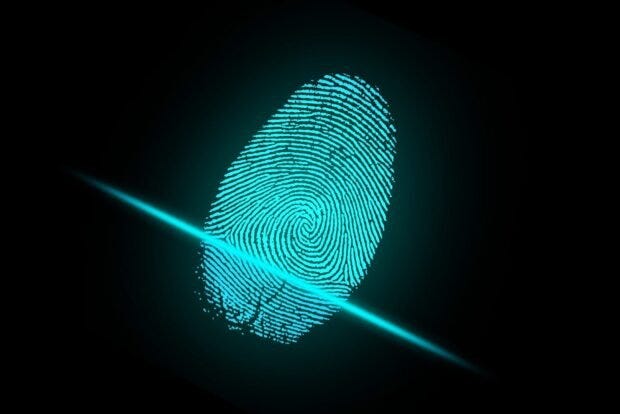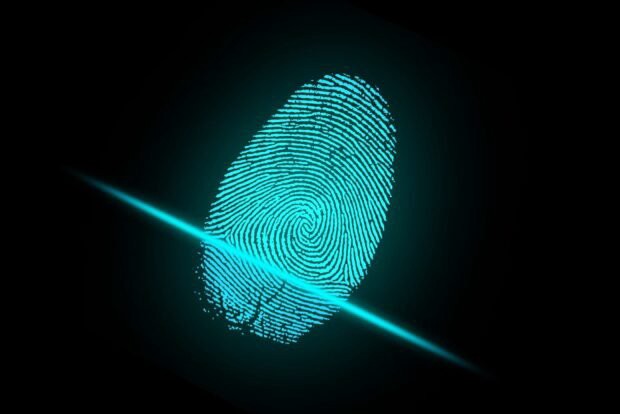Across most member countries, trust frameworks, policy and legislation have been developed with future mutual recognition and interoperability in mind
Global Government Forum
Richard Johnstone
on 29/03/2022
image by ar130405 from Pixabay
Executive Summary
by Joaquim Cardoso MSc.
Digital Health and AI Institute
March 30, 2022
Why are governments developing digital IDs?
- Governments around the globe are increasingly focused on the benefits of developing digital identify systems.
- The systems are viewed as ways to create secure online means for citizens to access government services as provision is increasingly moved online.
However, moving government services online requires two capabilities:
- departments must be able to share and match data on individuals, addressing any discrepancies between their datasets; and
- citizens need a single, secure, online access point.
What is a digital ID?
- Recent research by Global Government Forum interviewed seven senior national figures to find out what digital leaders need to succeed.
- It highlighted the need for a single citizen digital identity system, built around either a ‘unique identifier’ — such as the reference numbers lying at the core of many national ID systems — or a ‘golden record’: a ‘single source of truth’ held by a designated civil service body.
How are countries developing it?
- In one case study example, the Estonian government has used its pre-existing national digital identity system to form the basis of a digital identity system.
- In other countries, they are building systems from scratch.
How are governments developing digital IDs in the UK, Germany, France, United States, Canada, Australia and New Zealand?
- Countries are taking different approaches to this issue.
- The UK’s One Login programme, which will allow users to create a government account to access services online, or through an app.
- The programme represents a shift in the government’s approach. Its previous effort was known as GOV.UK Verify, a web platform that allowed people to register to prove their identity with the proof then accepted by government departments and agencies to access services.
Outside of Estonia, different European nations are also at different stages of development.
- German citizens will be able to save their electronic proof of identity from their German ID card directly onto their smartphone …
- France has selected digital ID firm IDEMIA to work on its national digital ID programme
“Across most member countries, trust frameworks, policy and legislation have been developed with future mutual recognition and interoperability in mind, opening up the broad opportunity to achieve interoperability between the digital identity systems and infrastructure,”
ORIGINAL PUBLICATION (full version)

Digital ID — what is it, why is it needed, and are governments developing it?
Global Government Forum
Richard Johnstone
on 29/03/2022
image by ar130405 from Pixabay
Why are governments developing digital IDs?
Governments around the globe are increasingly focused on the benefits of developing digital identify systems.
The systems are viewed as ways to create secure online means for citizens to access government services as provision is increasingly moved online.
The systems are viewed as ways to create secure online means for citizens to access government services as provision is increasingly moved online.
However, moving government services online requires two capabilities:
- departments must be able to share and match data on individuals, addressing any discrepancies between their datasets; and
- citizens need a single, secure, online access point.
However, moving government services online requires two capabilities:
departments must be able to share and match data on individuals, addressing any discrepancies between their datasets; and
citizens need a single, secure, online access point.
What is a digital ID?
Recent research by Global Government Forum interviewed seven senior national figures to find out what digital leaders need to succeed.
It highlighted the need for a single citizen digital identity system, built around either a ‘unique identifier’ — such as the reference numbers lying at the core of many national ID systems — or a ‘golden record’: a ‘single source of truth’ held by a designated civil service body.
Recent research by Global Government Forum interviewed seven senior national figures to find out what digital leaders need to succeed.
It highlighted the need for a single citizen digital identity system, built around either a ‘unique identifier’ — such as the reference numbers lying at the core of many national ID systems — or a ‘golden record’: a ‘single source of truth’ held by a designated civil service body.
In one case study example, the Estonian government has used its pre-existing national digital identity system to form the basis of a digital identity system.
In other countries, they are building systems from scratch.
The United Kingdom has recently embarked on a programme to develop a digital ID, while eight countries have drafted a set of high-level principles to support the development of mutually recognised and interoperable digital ID systems and infrastructure.
In one case study example, the Estonian government has used its pre-existing national digital identity system to form the basis of a digital identity system.
In other countries, they are building systems from scratch.
The Digital Government Exchange (DGX) Digital Identity Working Group said that collaboration on digital ID could help “facilitate economic recovery from COVID-19, for example to support the opening of domestic and international borders”.
The 11 principles call for digital ID infrastructure to be open; transparent; reusable; user-centric; inclusive and accessible; multilingual; secure and private; technologically neutral and compatible with data portability; administratively simple; able to preserve information; and effective and efficient.
How are governments developing digital IDs in the UK, Germany, France, United States, Canada, Australia and New Zealand?
Countries are taking different approaches to this issue.
The UK’s One Login programme, which will allow users to create a government account to access services online, or through an app.
The programme represents a shift in the government’s approach.
Its previous effort was known as GOV.UK Verify, a web platform that allowed people to register to prove their identity with the proof then accepted by government departments and agencies to access services.
The system was intended to provide assurance for people to register for services such as benefits, but suffered from low take-up.
The UK’s One Login programme, which will allow users to create a government account to access services online, or through an app. The programme represents a shift in the government’s approach.
Its previous effort was known as GOV.UK Verify, a web platform that allowed people to register to prove their identity
Outside of Estonia, different European nations are also at different stages of development.
The German government’s Digital Identities programme now allows German citizens will be able to save their electronic proof of identity from their German ID card directly onto their smartphone and use that electronic ID function via their smartphones.
The French Government’s The French government agency, Agence Nationale des Titres Sécurisés (National Agency for Secure Documents) has selected digital ID firm IDEMIA to work on its national digital ID programme, France Identité Numérique.
Outside of Estonia, different European nations are also at different stages of development.
German citizens will be able to save their electronic proof of identity from their German ID card directly onto their smartphone …
France has selected digital ID firm IDEMIA to work on its national digital ID programme
National plans in European countries will also dock into the European Commission’s digital identity framework for citizens, with the German government stating that “our goal is to use interoperable ID solutions of the EU member states to establish a European alternative to non-European private ID services”.
Elsewhere, the Government of Canada’s government digital strategy, which includes a continued effort to introduce secure digital identities for citizens, while the US federal government has a programme for a real time digital ID verification service.
In Australia, the government has already established a digital identify system, with legislation published to expand the existing process “to a whole-of-economy solution so that all levels of government and private sector — especially small and medium businesses — can participate and share in the efficiencies and benefits that Digital Identity will bring for them and the community”.
Development of a digital identity system is a key foundation outlined in the New Zealand government’s Strategy for a Digital Public Service, with legislation planned to create a digital services trust framework after investment in the system was approved by ministers in June 2021.
DGX’s Digital Identity Working Group report highlighted that although its member countries’ existing policies were specific to their respective government’s requirements around digital identity, all were broadly aligned to ISO standards, EU standards or industry best practice.
“Across most member countries, trust frameworks, policy and legislation have been developed with future mutual recognition and interoperability in mind, opening up the broad opportunity to achieve interoperability between the digital identity systems and infrastructure,” it said.
Originally published at https://www.globalgovernmentforum.com.
Table of Contents (TOC)
- Why are governments developing digital IDs?
- What is a digital ID?
- How are governments developing digital IDs in the UK, Germany, France, United States, Canada, Australia and New Zealand?












